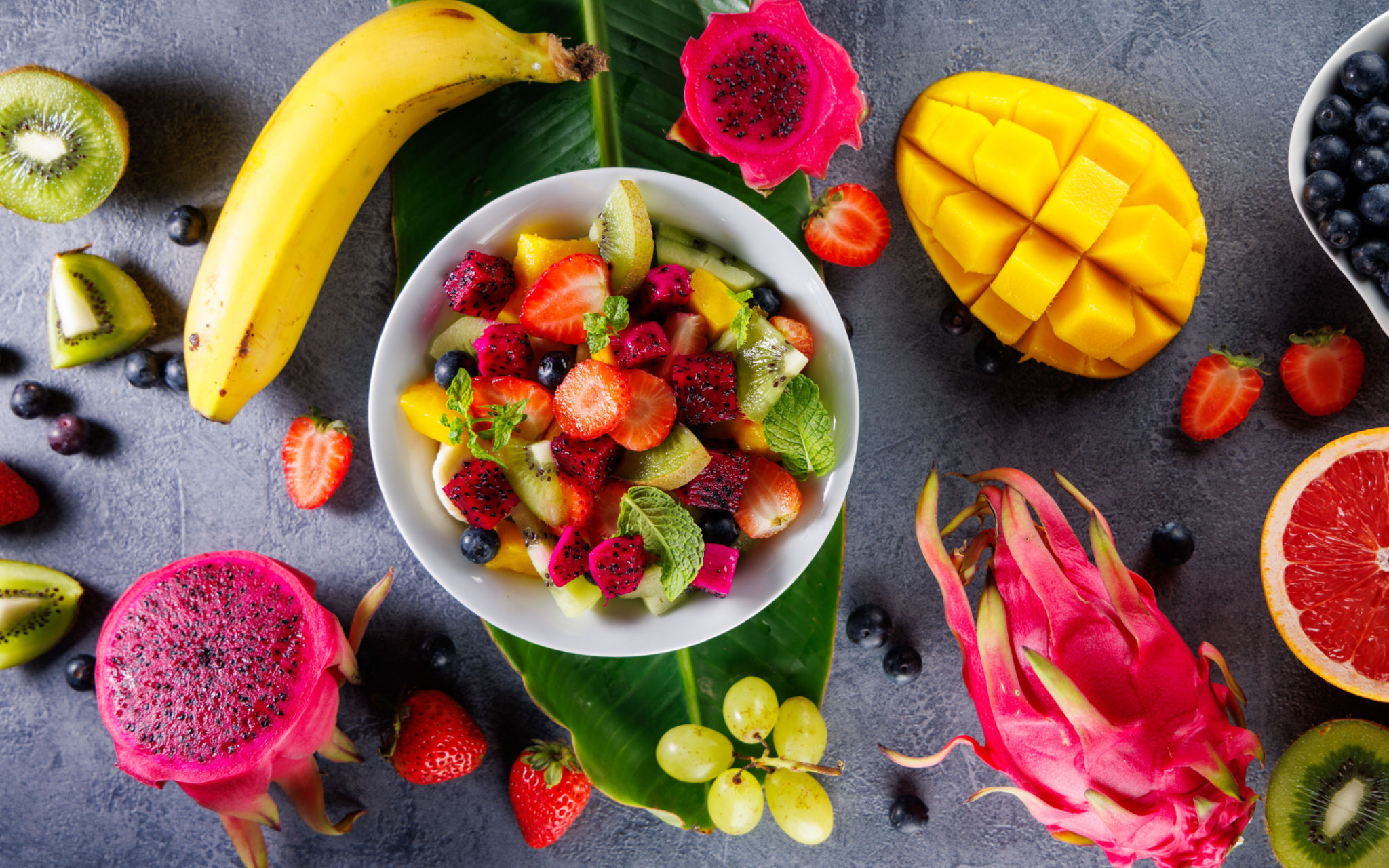A Guide to Seasonal Indonesian Fruits and Their Global Appeal
Introduction to Indonesian Fruits
Indonesia, with its diverse climate and rich soil, is home to a variety of unique and exotic fruits. These fruits not only play a significant role in the local diet but are also gaining popularity globally due to their distinct flavors and nutritional benefits. Let's explore some of these seasonal fruits and discover why they are capturing the world's attention.

Durian: The King of Fruits
No discussion about Indonesian fruits would be complete without mentioning durian, often referred to as the "king of fruits." Known for its strong aroma and creamy texture, durian is a delicacy in Southeast Asia. Despite its polarizing smell, it is highly sought after for its rich flavor profile.
Durian is packed with essential nutrients such as vitamins C and B6, potassium, and healthy fats. Its global appeal is growing as more people become adventurous with their taste buds, seeking out this unique fruit in specialty markets worldwide.
Mangosteen: The Queen of Fruits
Known as the "queen of fruits," mangosteen complements durian with its sweet, tangy taste and juicy, white flesh. This fruit is celebrated not only for its delicious flavor but also for its health benefits. Mangosteen is rich in antioxidants, particularly xanthones, which are believed to help reduce inflammation and support a healthy immune system.
As awareness of these health benefits spreads, mangosteen is becoming increasingly popular in international markets, often found in both fresh and supplement forms.

Rambutan: A Hairy Delight
Rambutan is another favorite among tropical fruit enthusiasts. This fruit is easily recognizable by its hairy exterior, which encases a sweet and juicy flesh similar to that of lychee. Rambutan is often enjoyed fresh or used in desserts and drinks.
Like many tropical fruits, rambutan is rich in vitamins and minerals, including vitamin C and iron. Its unique appearance and delightful taste make it a hit at international food festivals and markets.
Salak: The Snake Fruit
Salak, also known as snake fruit due to its scaly skin, offers a crunchy texture and a sweet-tart flavor. Native to Indonesia, this fruit is often consumed fresh or pickled. Its intriguing appearance makes it a conversation starter at any gathering.
Globally, salak is appreciated for its versatility and nutritional content, providing an excellent source of dietary fiber and vitamin C.

Langsat: A Lesser-Known Gem
Though not as well-known as some of its counterparts, langsat is a small, round fruit with a translucent flesh and a sweet yet mildly tangy flavor. It is often likened to a cross between lychee and grapefruit.
Langsat is gaining recognition for its potential health benefits, including aiding digestion and boosting immunity. As such, it is becoming a favorite among those seeking new culinary experiences.
The Global Appeal of Indonesian Fruits
The global appeal of Indonesian fruits lies in their exotic flavors, nutritional benefits, and cultural significance. As international interest in diverse cuisines continues to grow, these fruits are finding their way into markets across the world.
From upscale restaurants incorporating them into gourmet dishes to health enthusiasts adding them to their diet for their nutrient-rich properties, Indonesian fruits are making a mark on the global stage.
Conclusion
Indonesian seasonal fruits offer an exciting exploration of flavors and health benefits that are increasingly capturing global interest. Whether you're a culinary adventurer or someone looking to enhance your diet with nutritious options, these fruits provide an enticing addition to any palate. As their popularity continues to rise, they promise to bring a taste of the tropics to tables around the world.